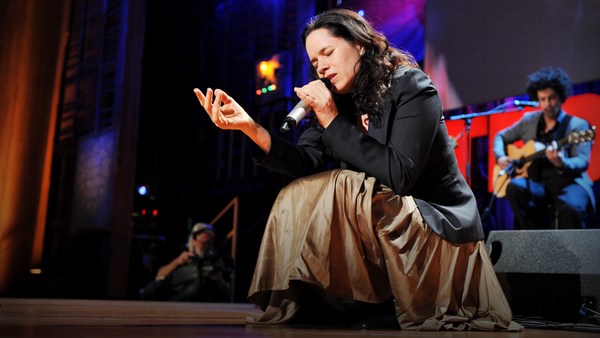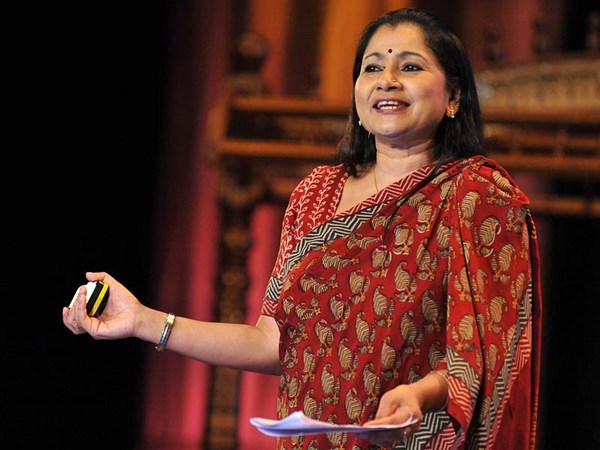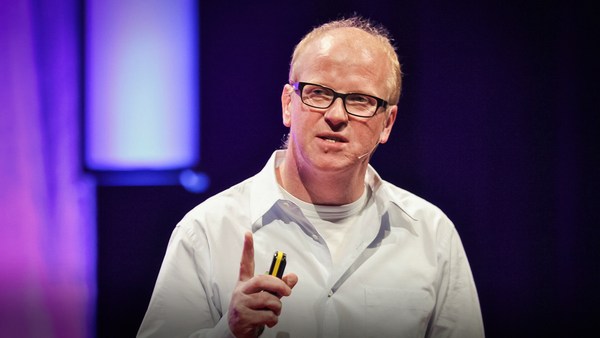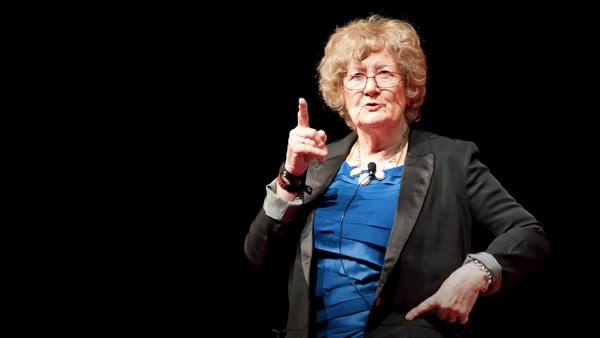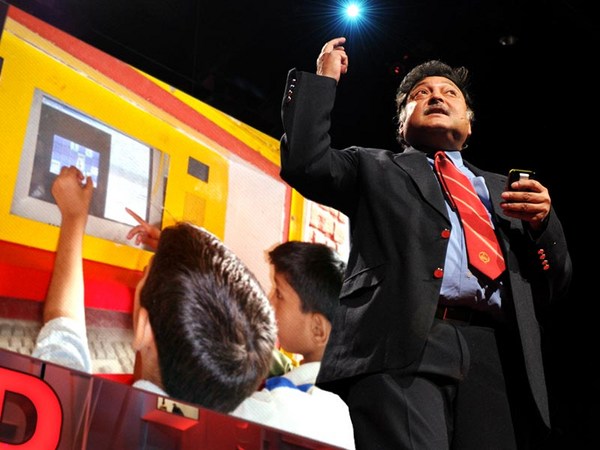We will listen to an audio of a group of women conversation through WhatsApp about the sounds and the letters. “Did you practice, Nati? I didn’t hear you. Come on, send an audio of the alphabet here, so we all listen with our mates, and we give you a score.” “Sonia, come on, it’s your turn, I was embarrassed, but hey, I showed that I was making the letters, the sound. It’s your turn, Sonia.” “Because it was difficult for us; until we got a grip on it. A couple of letters I remembered, and I forgot others, you know? But now, listening to the audios, I’m going to practice.” After, the one that I did well is this one, listen. In case you didn’t notice, it was “H”, did you see that the “H” is silent?” What we just heard is women in a very vulnerable situation, that one night began to play from their homes with the sounds and letters. These women were training like community alphabetizers. because in their neighborhoods there are a lot of 8, 10, and 14 year old kids that don’t know how to read and write despite being schooled. Let’s look at some examples. Javier is 9 years old, He is in third grade and the only complete word that he can write is “mom”. Alejandro, is 10 years old, he is in fifth grade, and can only write some vowels of the words he gave him. Florencia is 13 years old. She is also in fifth grade. In some words she could write two letters, in others only one. It’s hard to imagine what a 10-year-old boy, and a 13-year-old girl feel that don’t know how to read and write. Do you remember when you learned how to read and write? I remember. I remember that incredible instant when I understood how writing worked. And I remember the sensation of also knowing a secret that just minutes ago were only for the adults. Thousands of girls and boys never have this experience. And you don’t know the suffering it causes them. Because this is not only in some neighborhoods. A lot of people don’t know but in our country there are thousands of boys and girls of the poorest sectors that finish elementary school without knowing how to read or write. It’s hard to believe, right? We all think that the subject of literacy is resolved. Well, it’s not like that. We don’t have data, but its estimated that up to 10 percent of the boys and girls in context of poverty graduates from elementary school in this situation. It’s an invisible drama. It is a silent tragedy. That’s that for the bad news. The good news is that there is a lot we can do for literacy fundamentally because there is nothing wrong with the boys and girls. They are enthusiastic, intelligent, they have great potential. Their development is up to us. After many years of working as a teacher and community educator and after as a theme and literacy researcher, 10 years ago I developed the DALE! proposal. A program to teach kids how to read and write who have been in school for years and have not learned how to. DALE means right to learn how to read and write, because reading and writing is a right. DALE allowed me to meet girls like Juana. Juana was 9 years old, she was repeating third grade, she was friendly, vivacious, enthusiastic, but didn’t know how to read and write. This is how she wrote when I asked her to write a couple of words. This was her attempt at writing mom, ball, bear, table, and grapefruit. She couldn’t, the school Juana went to was implementing, just like other schools in that zone, the DALE proposal. Then, a teacher worked with her for about three months, in a number of encounters that in total sum up to about 8 hours of work. This is how Juana wrote after that. Clearly, this girl did not have a learning difficulty, because no boy, no girl with learning difficulty can make progress at this speed in that amount of time. She just needed to be taught in a different manner. She is far from being the only one to make progress like this. We have the data from hundreds of evaluations of 8 to 14 year olds that didn’t know how to read or write and after 3 months 80 percent had taken off. Do you realize what we are saying? Were saying that thousands of boys and girls grow for years without knowing how to read and write and that this could be resolved in 3 months. What do we do in DALE? In DALE and adult works with a boy to girl twice a week during 20 minutes. The first thing we do in each encounter is get to know each other, recognize them. We ask them to tell us about their life, something they like, what they do, what interests them, what makes them happy and sad. and after that, we help them write something they told us, even if it’s a short sentence. Because what better way to learn how to write than writing our own story? In the second moment, we start with the writing of words. We play with the sound of letters, like the women did at the beginning. Sure, but we do something more, we do what neuroscience and psychology taught us is the best path. We teach kids to listen to themselves, to pay attention to their own words. Have you even seen a boy or girl that is learning how to write and wants to write? I don’t know, given, they start to d-a-d... And we say they are looking for the letters. No, they are not looking for the letters. They are trying to figure out what sounds form that syllable that they repeat. When a musician hears a melody, if they want to reproduce it, they have to recognize each of the sounds that form them. To write words, we have to recognize each of the sounds that word that word. Then come the letters. Recognize the sounds that form the words is an ability that is called phonological consciousness. And today we know that’s the key to learning how to read and write. It’s that simple. In the third moment of each DALE encounter we read. At the beginning, the teacher reads to the kids. They read them stories, they read together, then the kids start learning how to read and they read on their own. The first thing we see in the kids that take part in DALE is how their self-confidence changes. They come shy, almost ashamed. And they leave proud. I dedicated my whole life to searching for the best way to teach kids in these situations how to read and write. Since 10 years ago, DALE allowed me, along with the team, to form alphabetizers. And alphabetizers in a lot of provinces in the country. We work with schools, and we work with teachers. Thousands of boys and girls learned. But thousands more are left. We began working with education ministries of some provinces so that no boy, no girl, finishes second grade without knowing how to read and write. And the kids that are now grown and have not learned, could learn. But now the pandemic has given us a new challenge. In these two years there are many more boys and girls that did not learn. It also brought us new ways to communicate, to connect and then we ask ourselves if it would be possible to take DALE to a digital format. And what would be the best way to do this? Because this would allow us to be more to reach many more boys and girls. So with this idea in mind, alongside TEDxRiodelaPlata, we are forming a first experience. We are forming the youth that participated in the clubs to have as alphabetizers so that they can implement DALE with boys and girls that from their recreational centers can connect through a tablet. For now, we are learning, we are experimenting. A couple years ago, on a hill in the Northeast of Argentina, I worked with a girl who had not learned how to read and write. I helped her write her first sentence based on something that she had told me. And when we were done writing the girl looked at me in such a special way that for days I asked myself that it was that which I had seen in her eyes. Until I understood. What I had seen in her eyes was hope. The little girl seemed to ask me: Do you really think that I can do it too? Thousands of teachers, educators, and community educators work so that this hope can turn into a reality. And I dream that we’ll be many, many, a lot more. Thank you so much.
